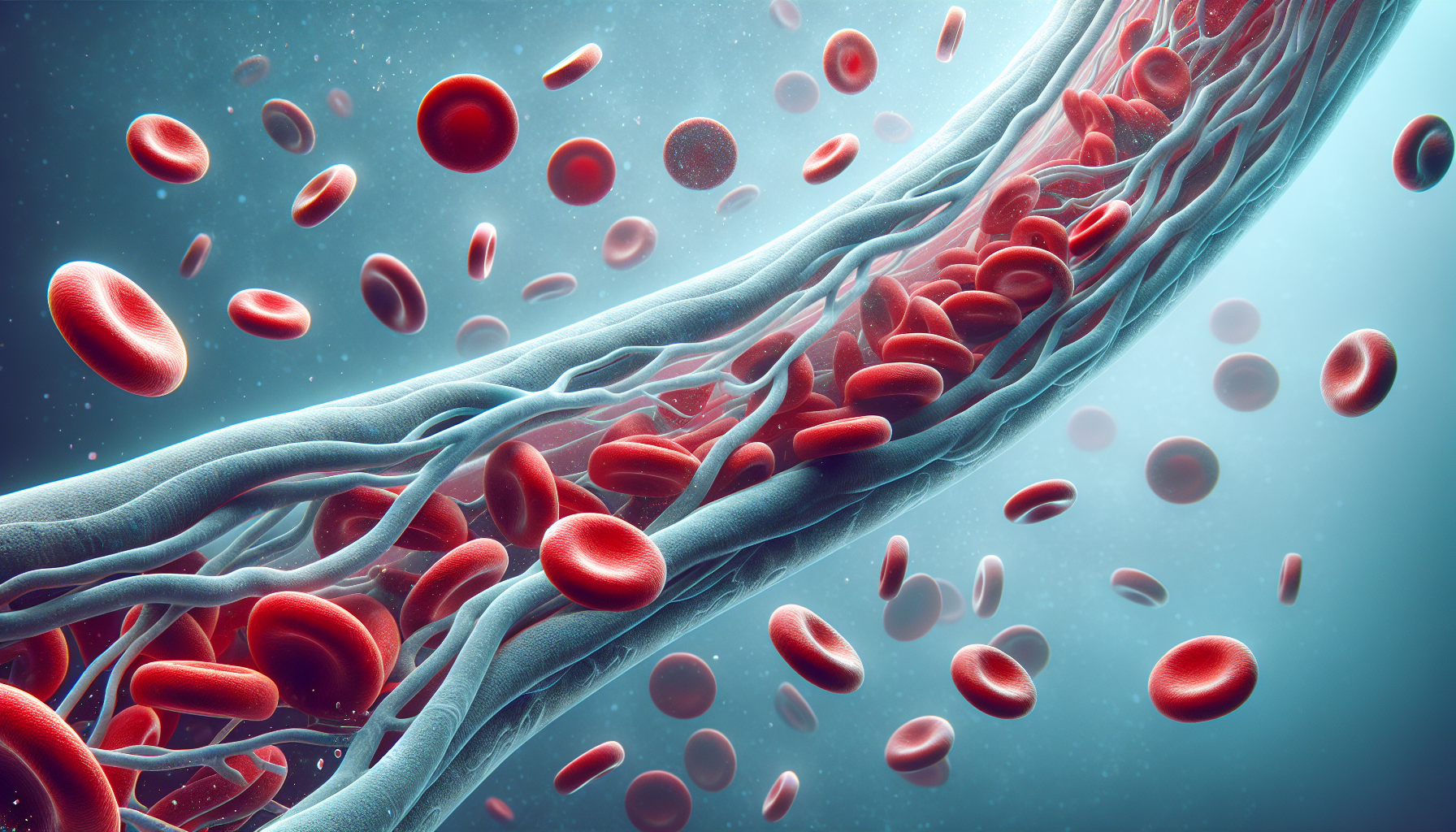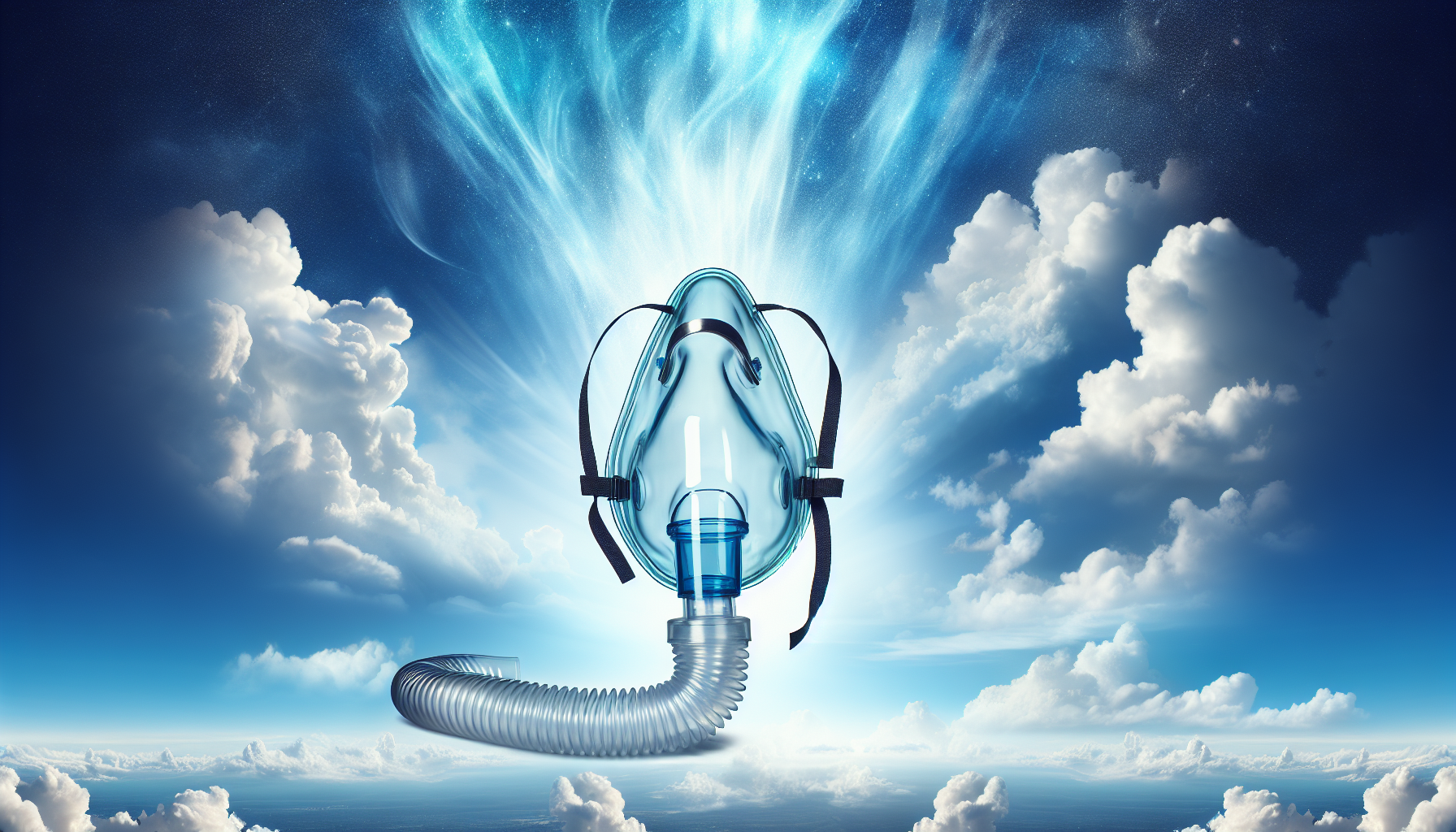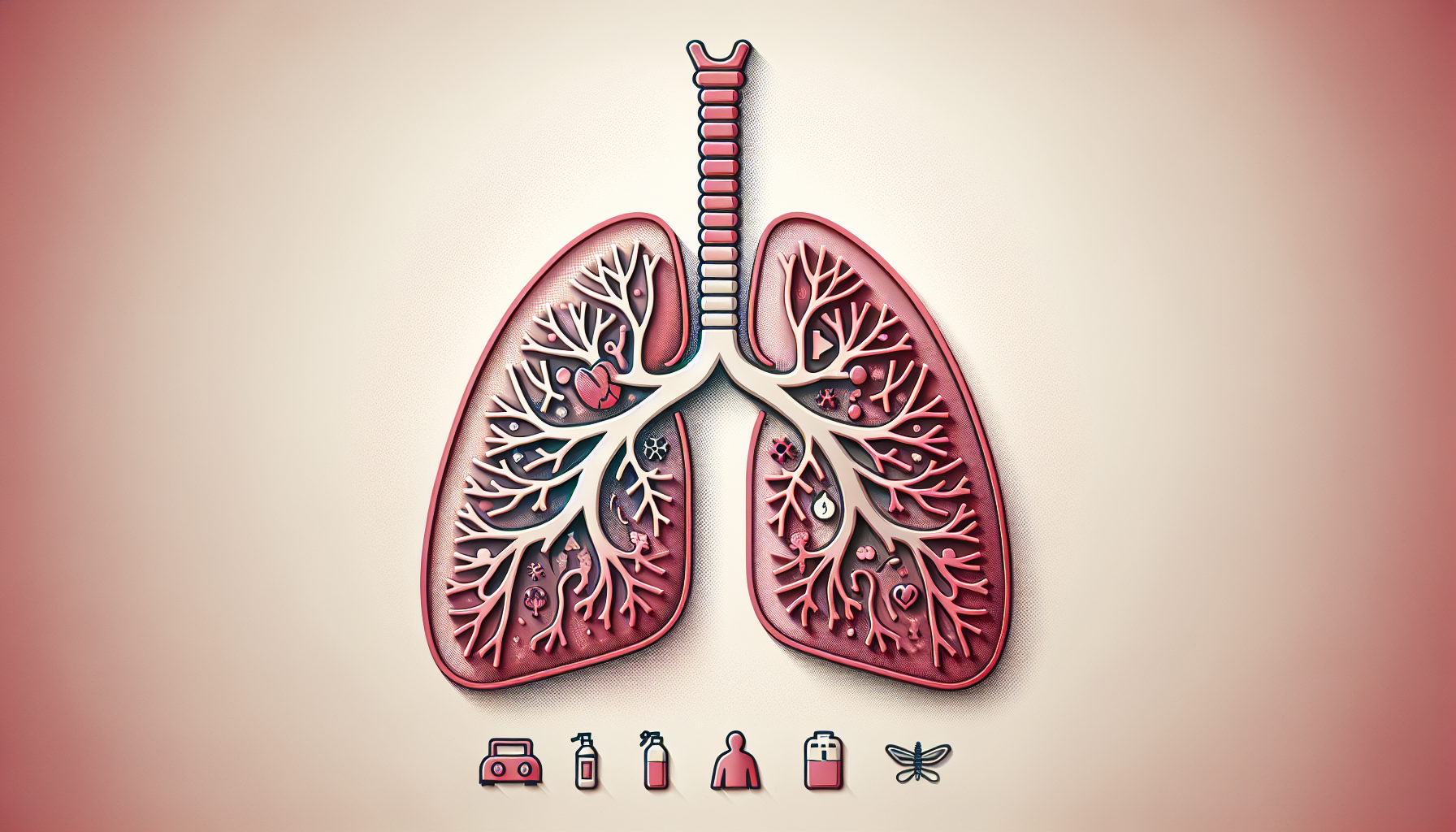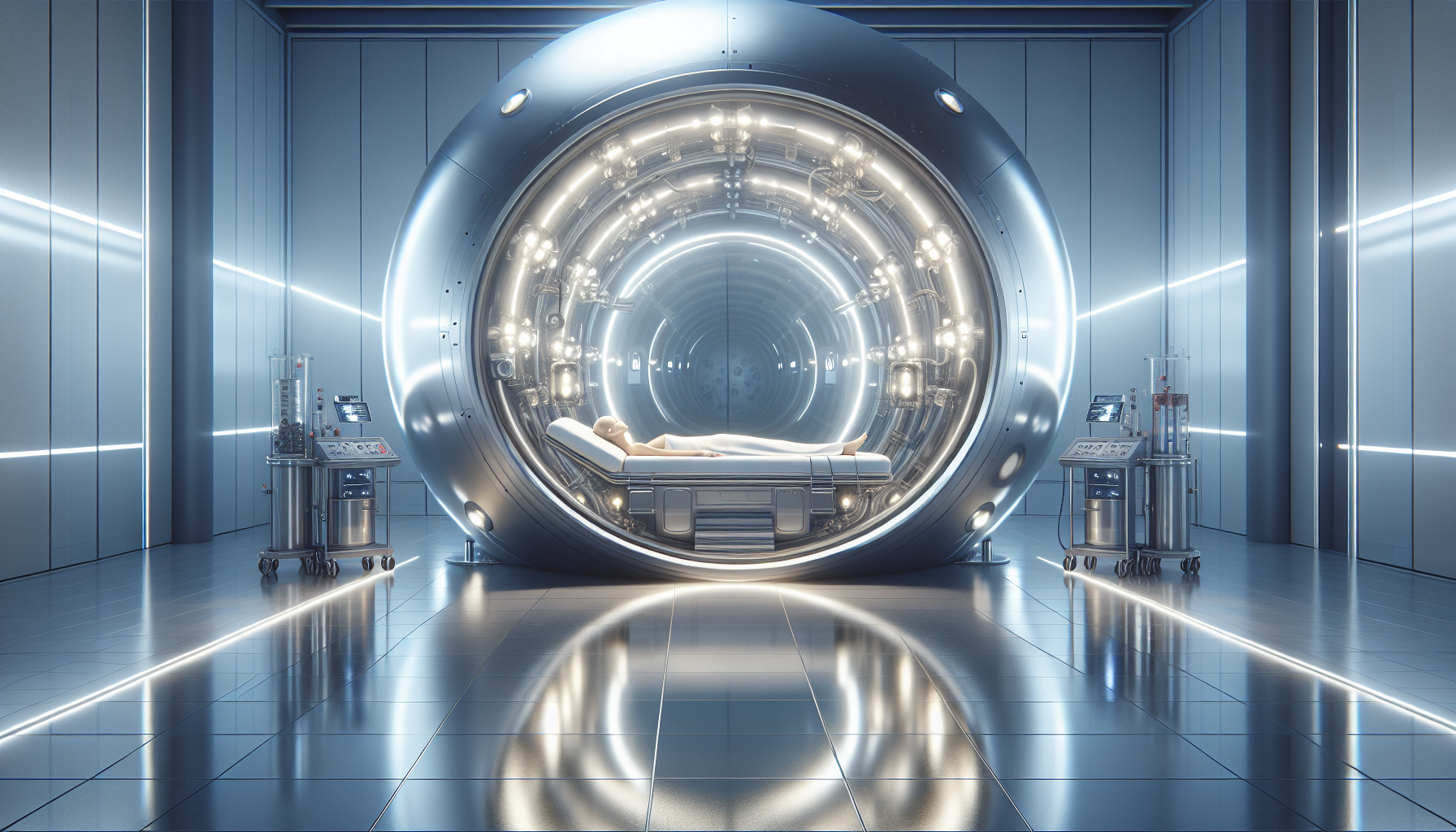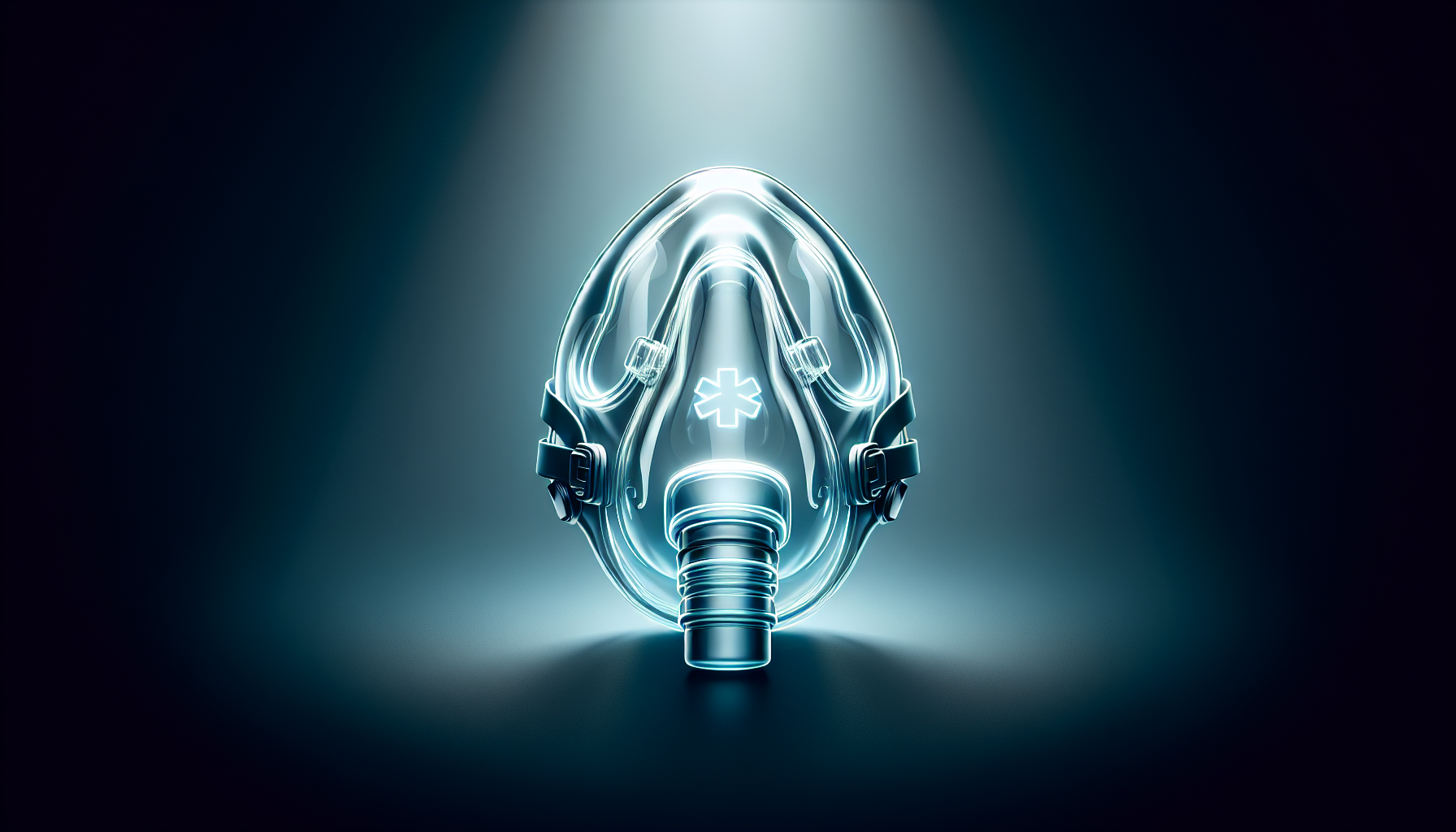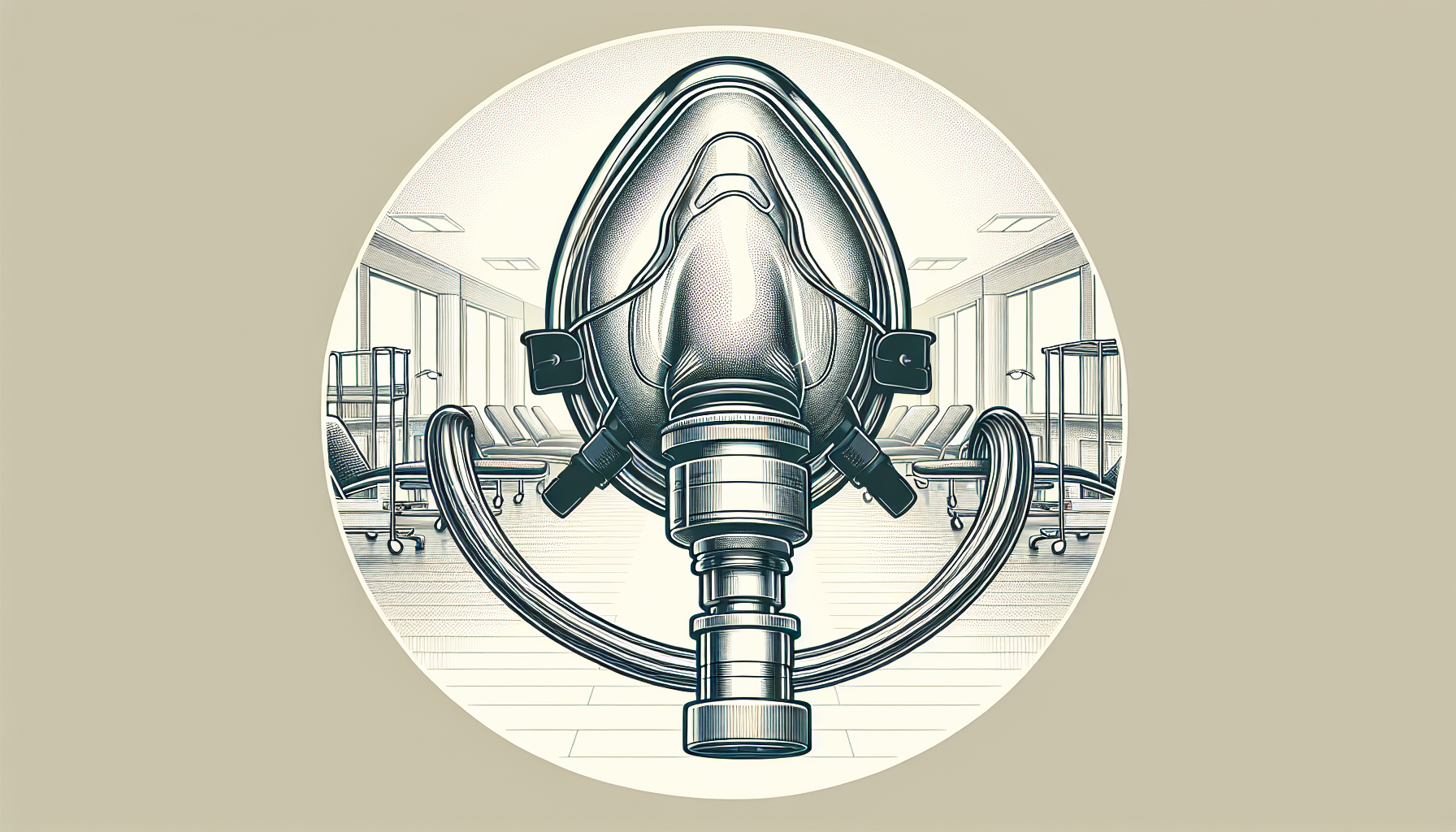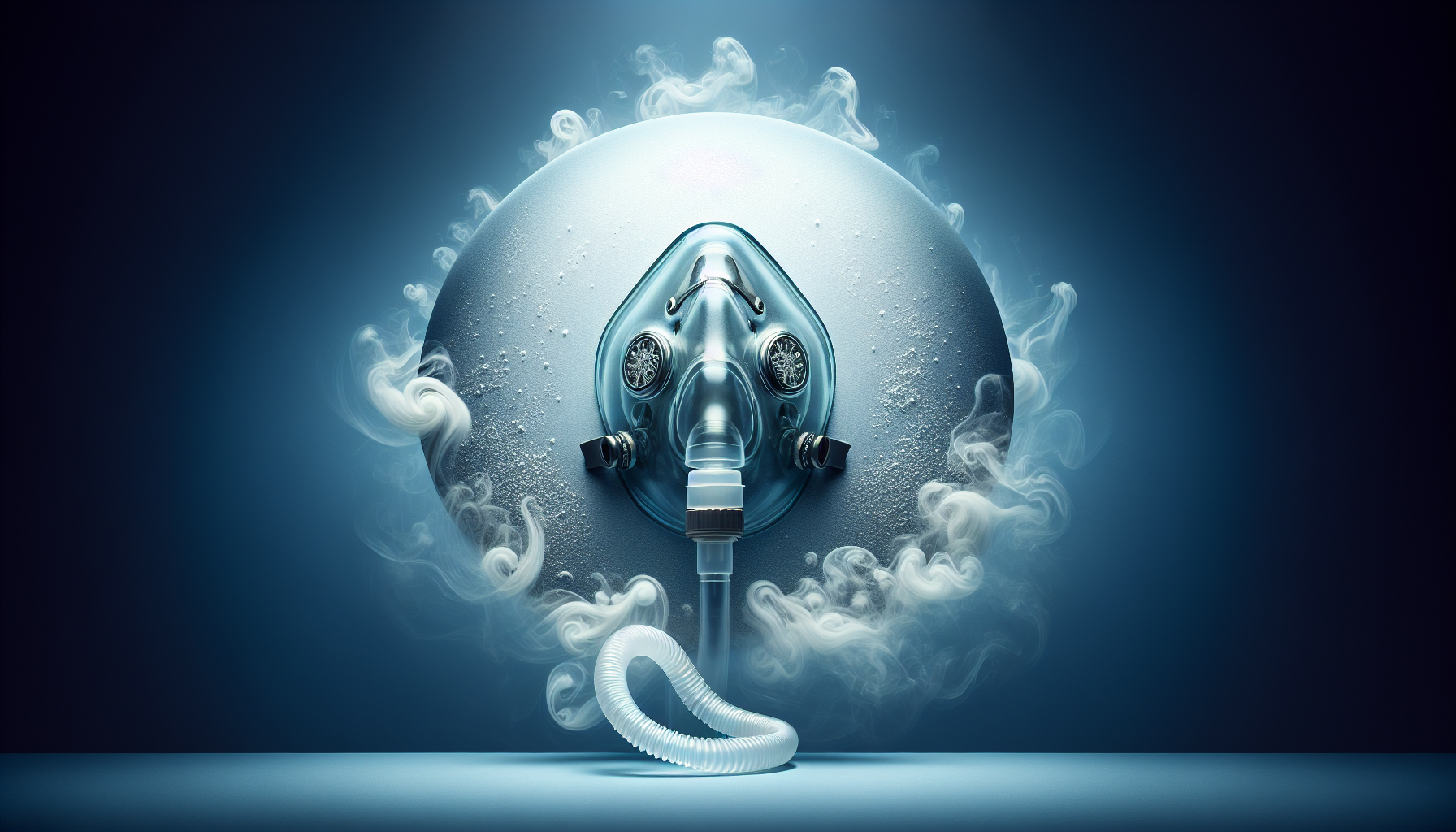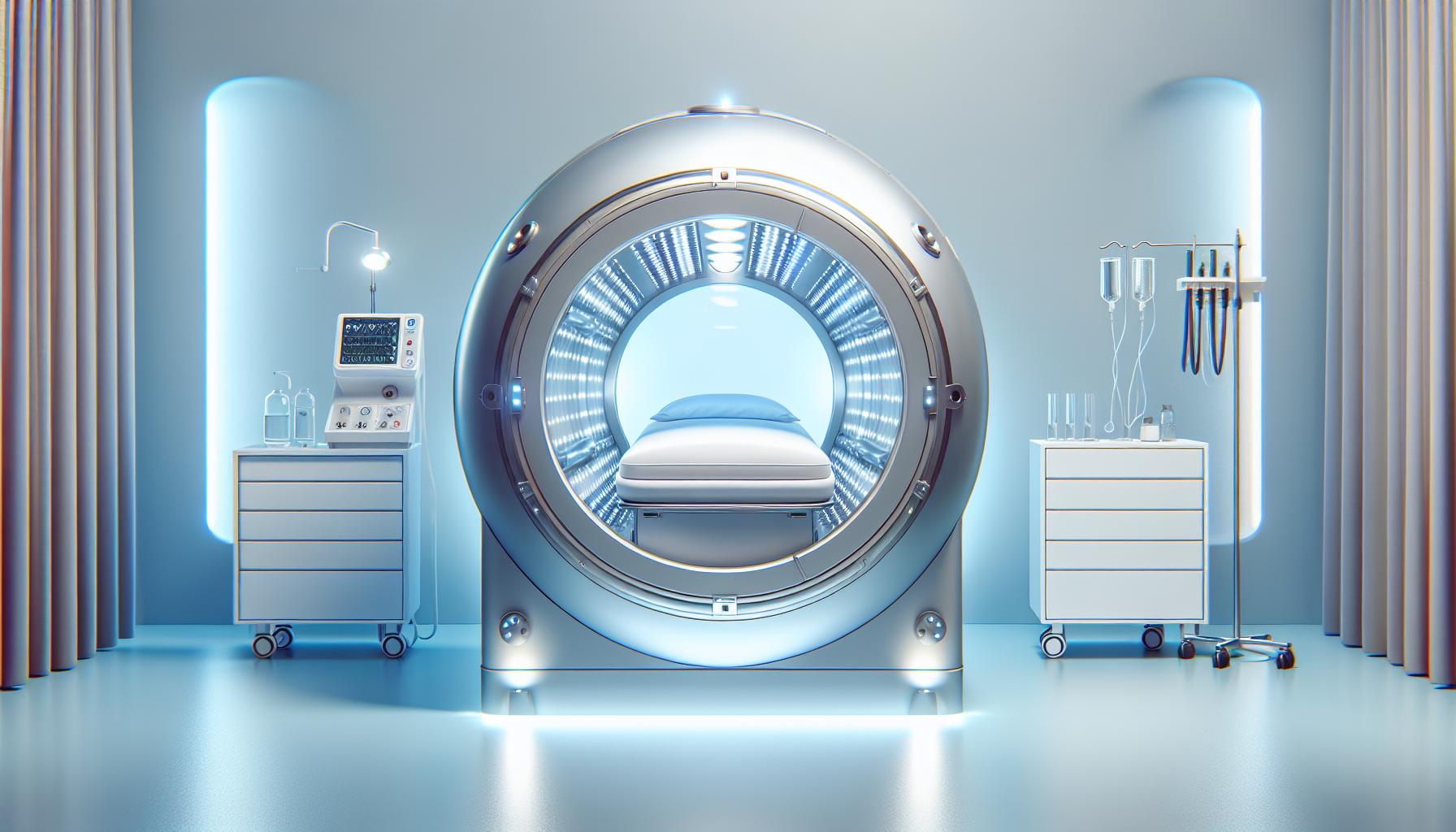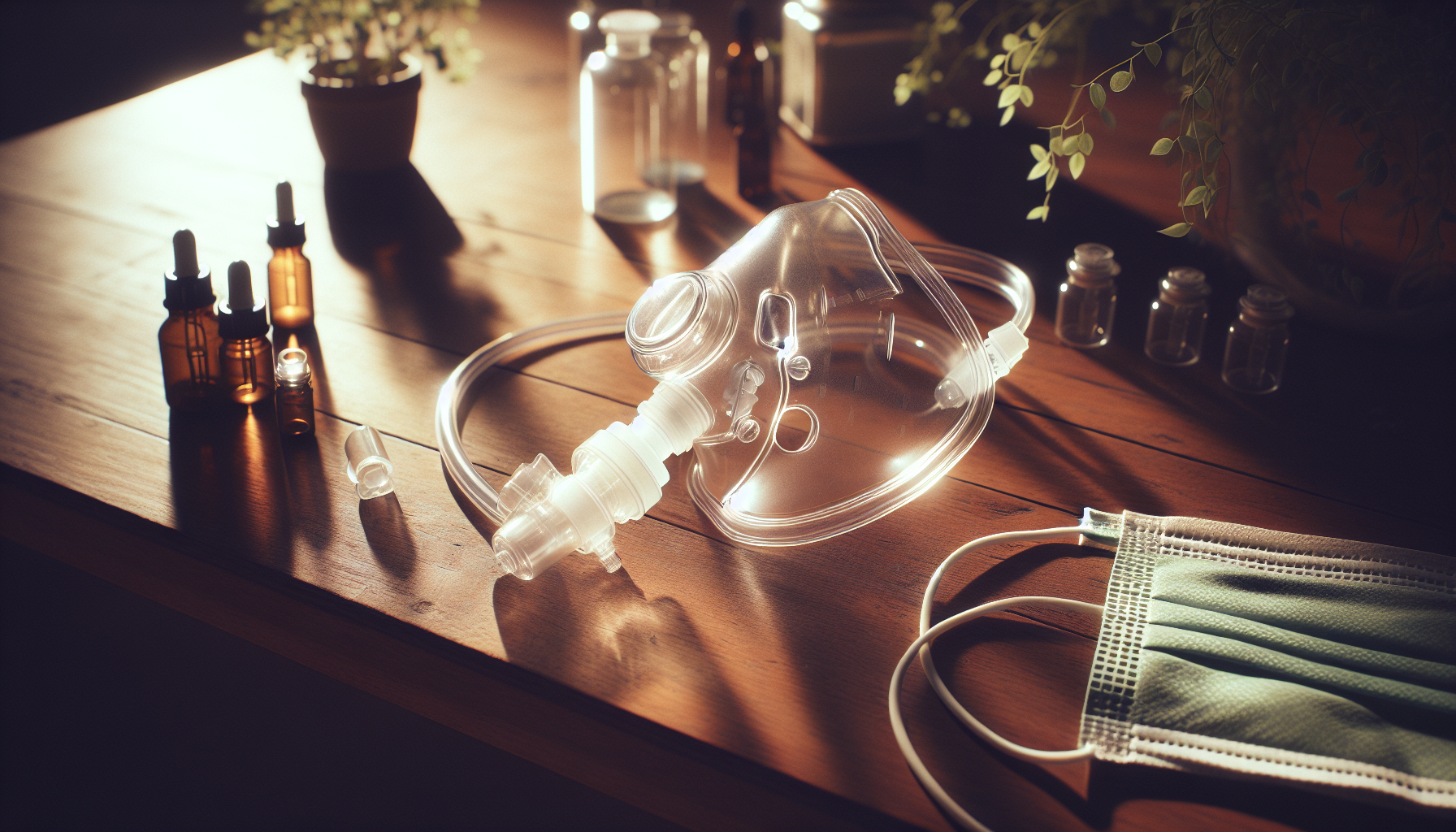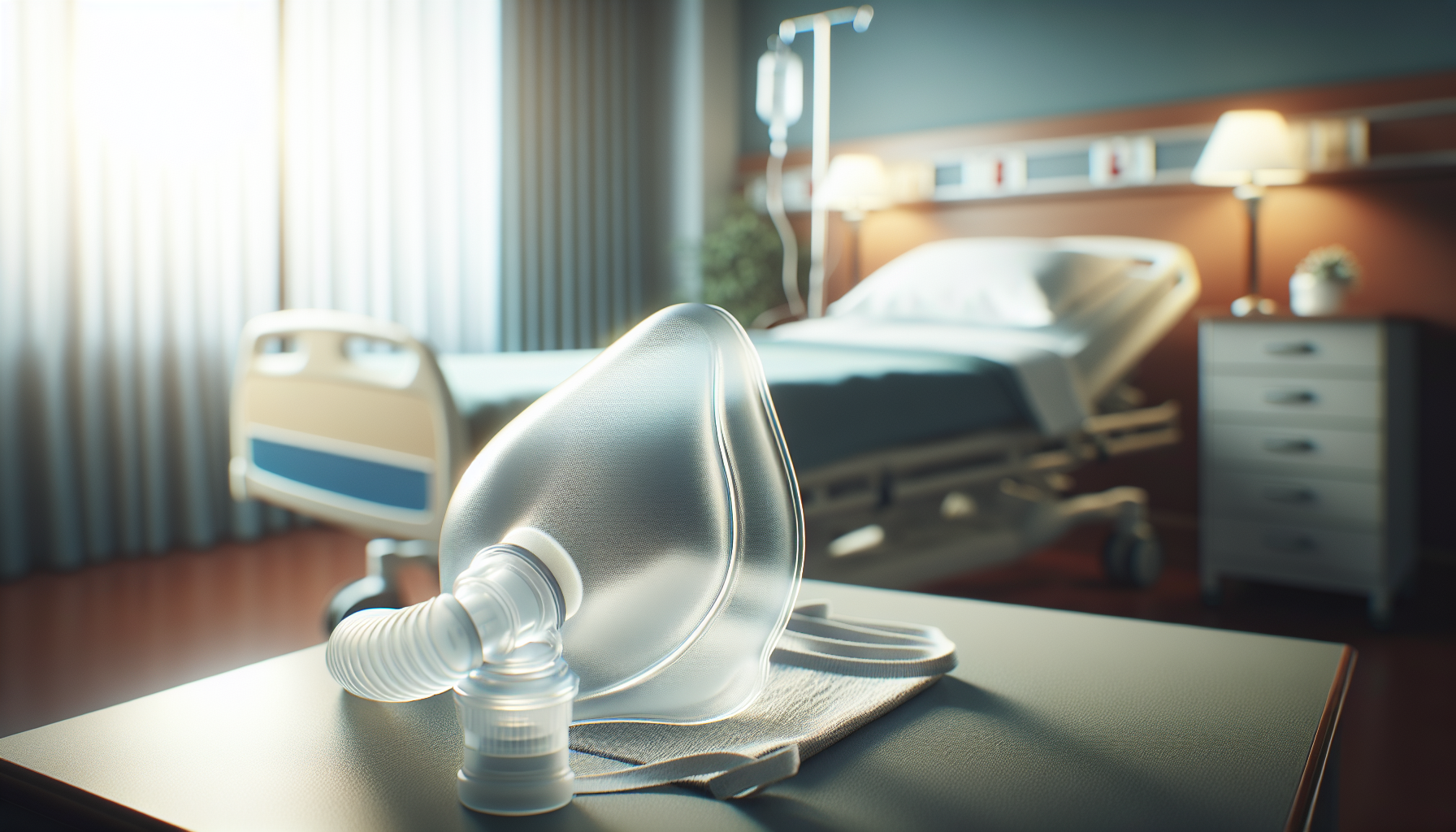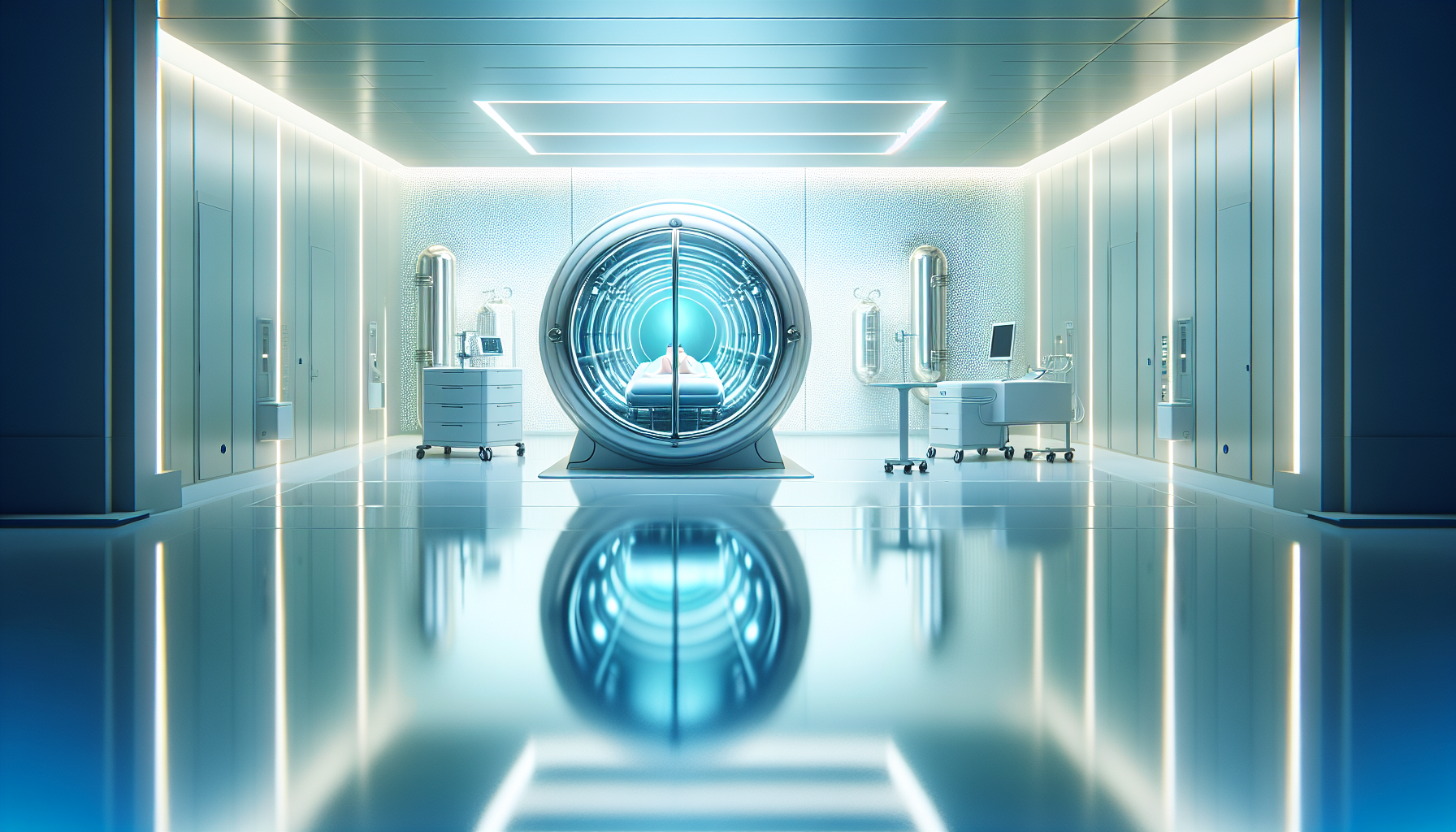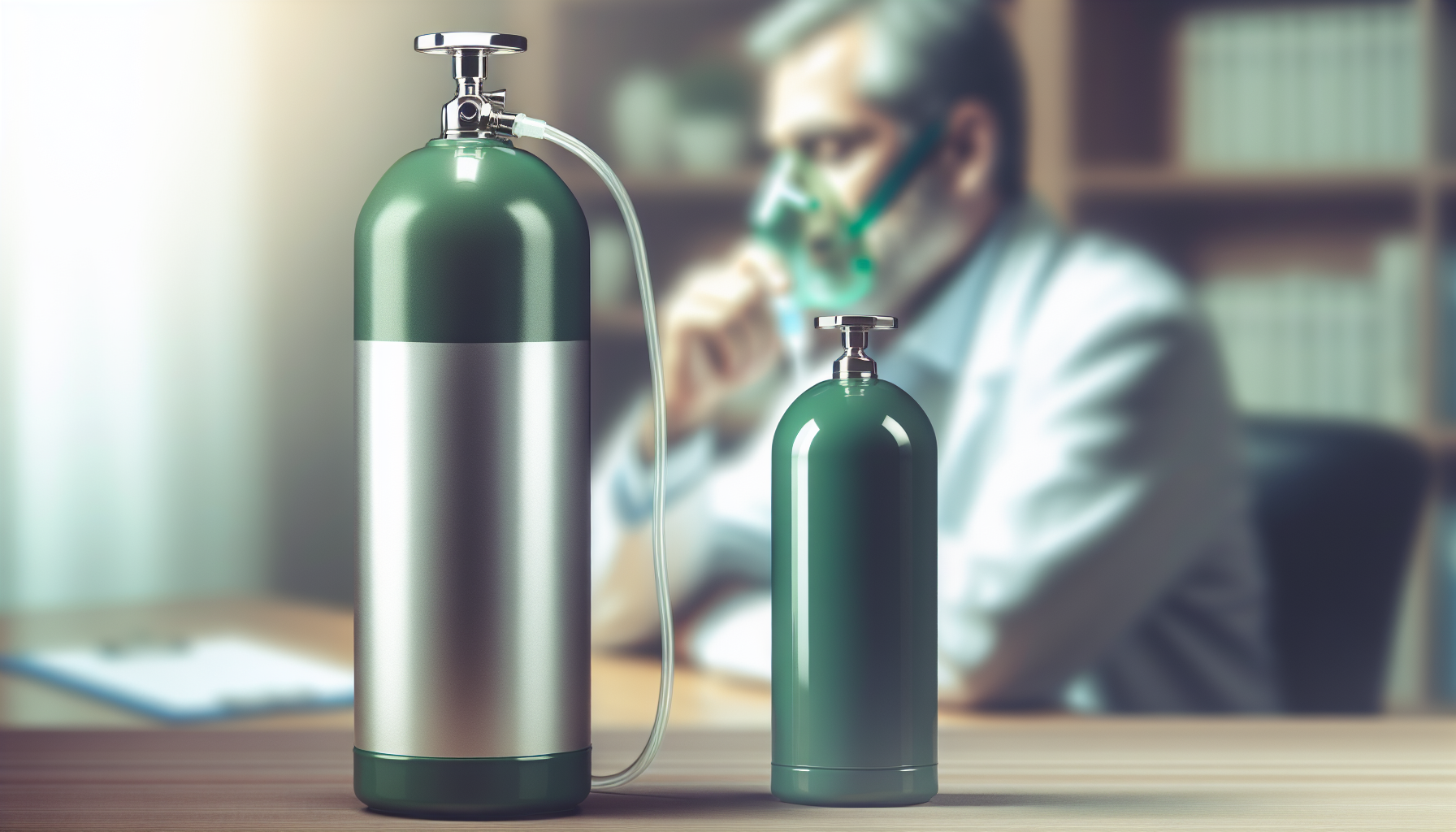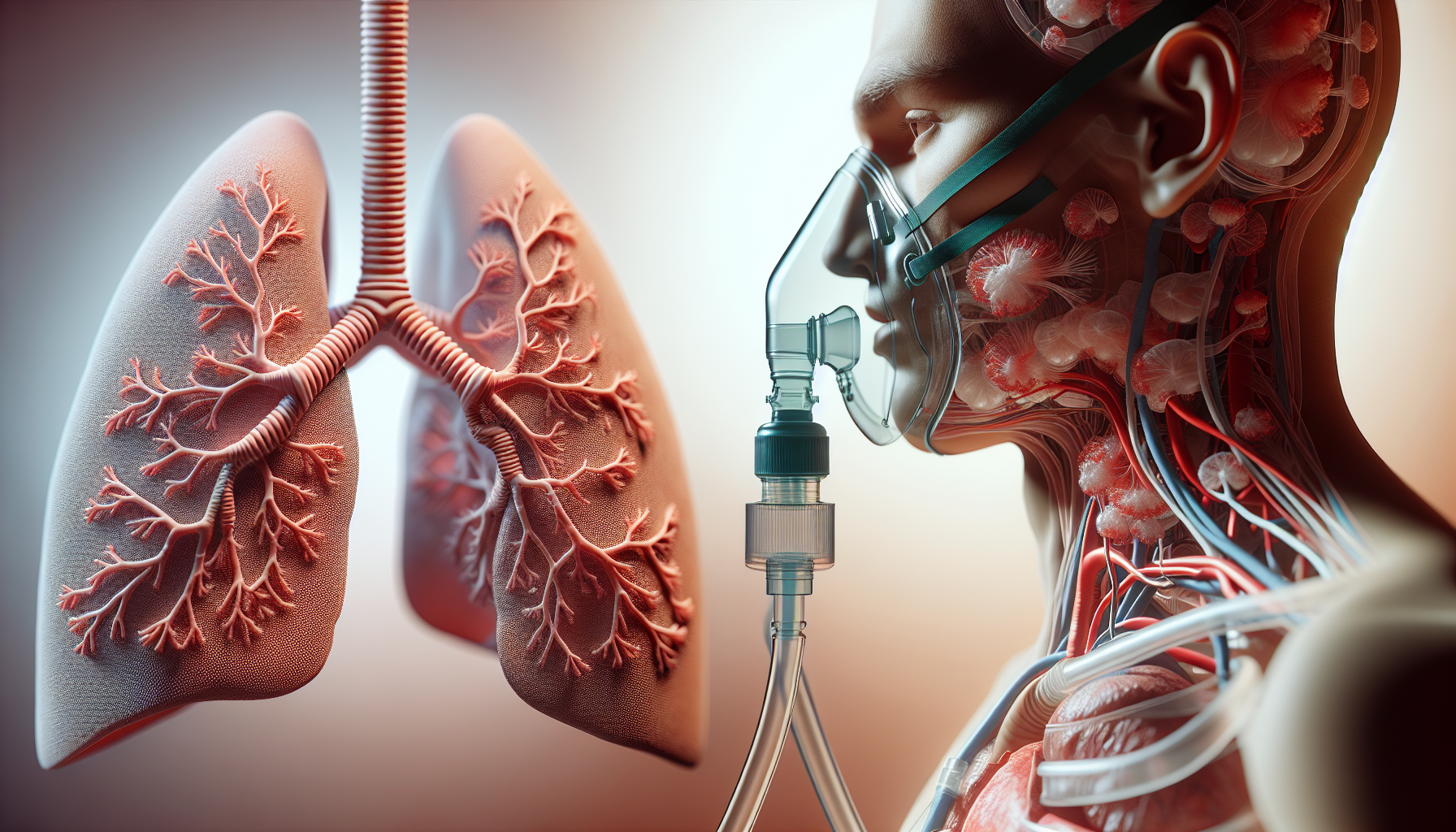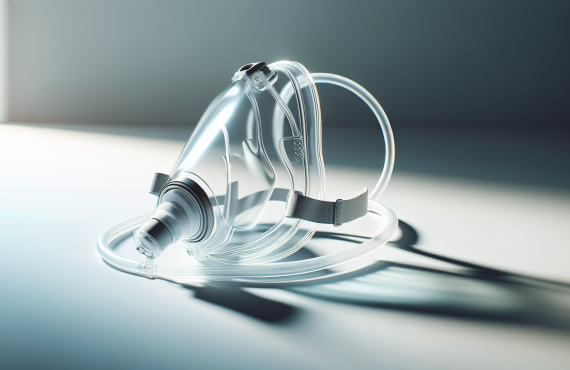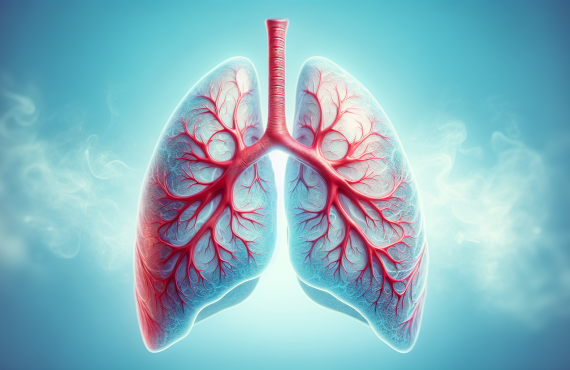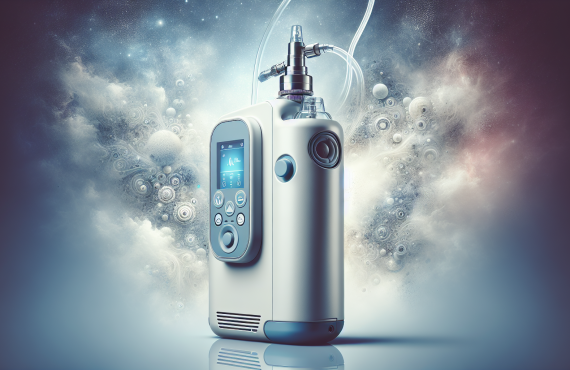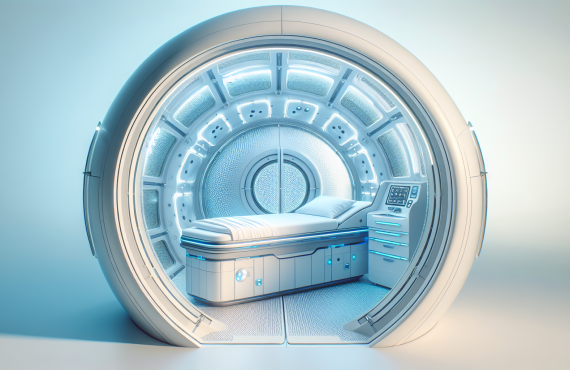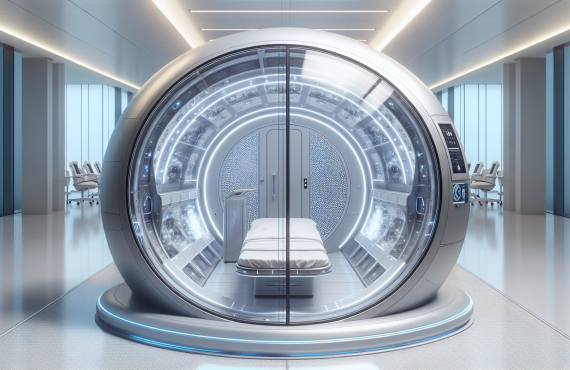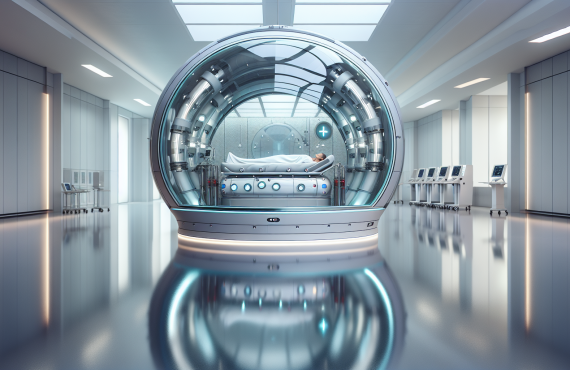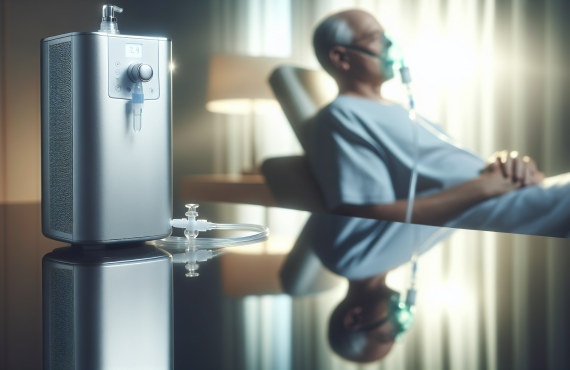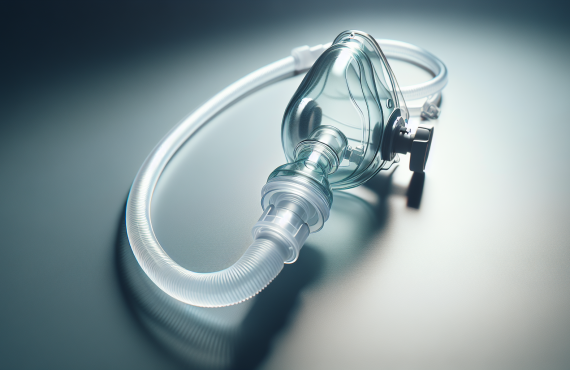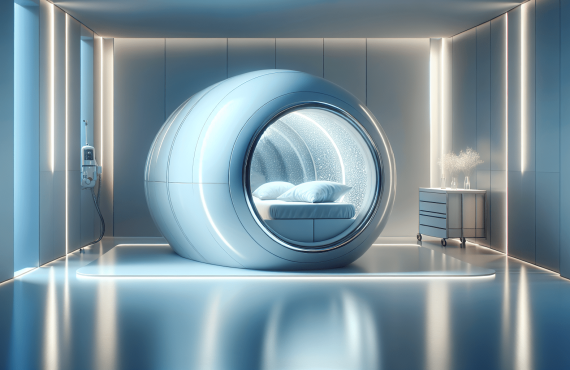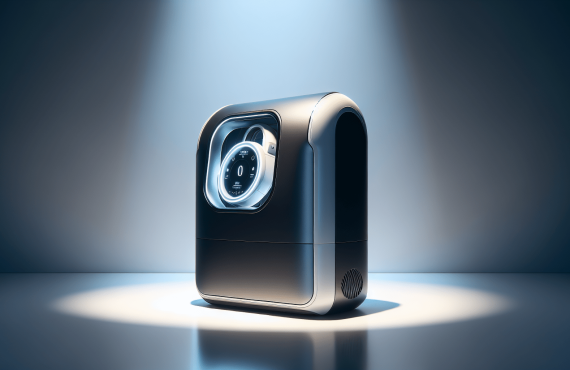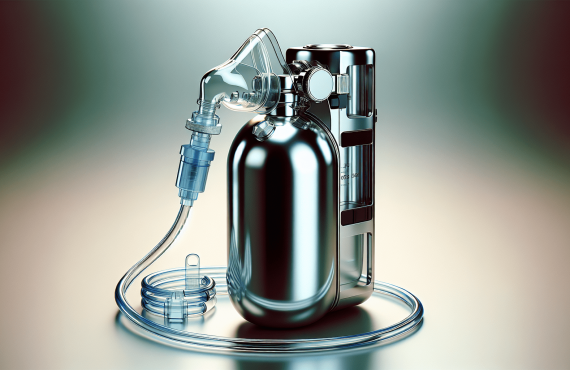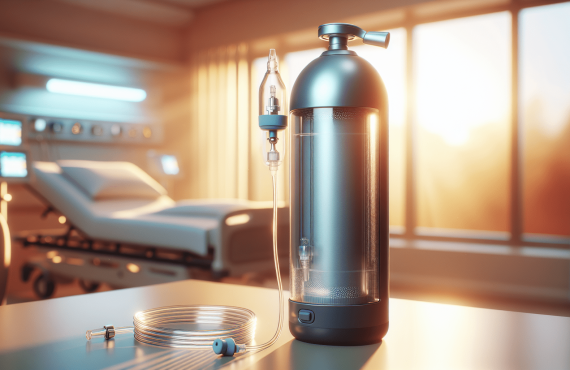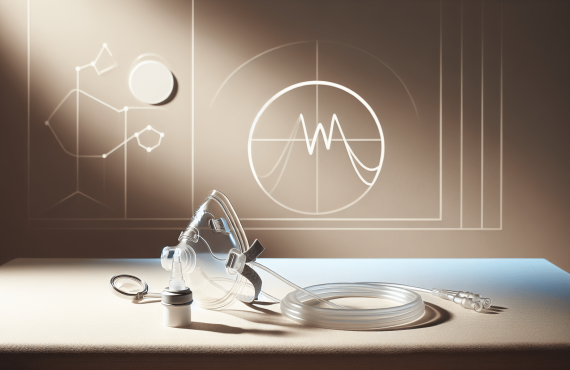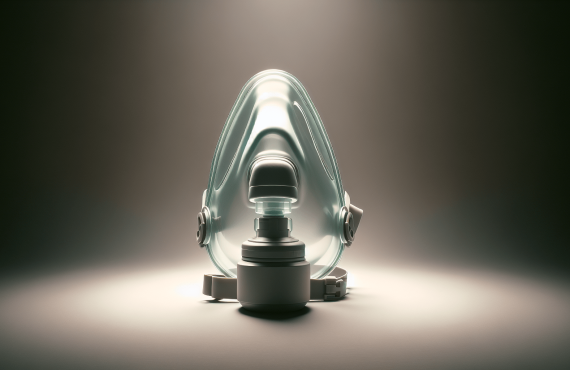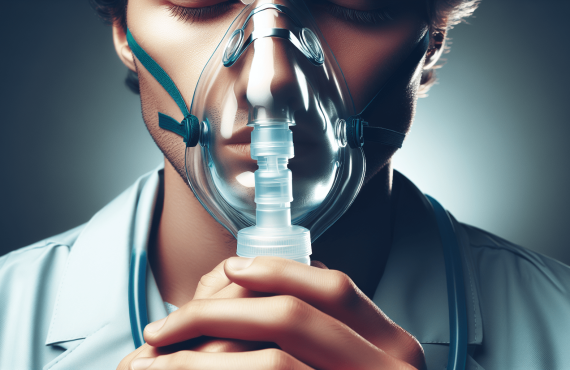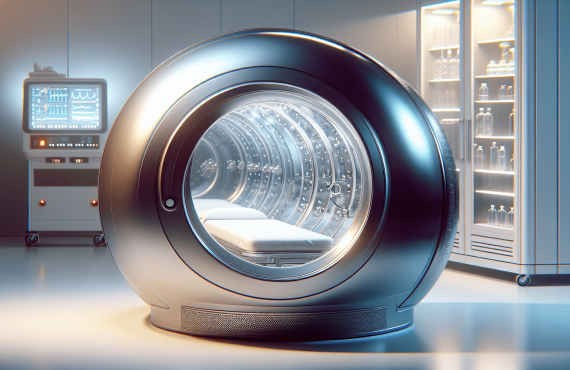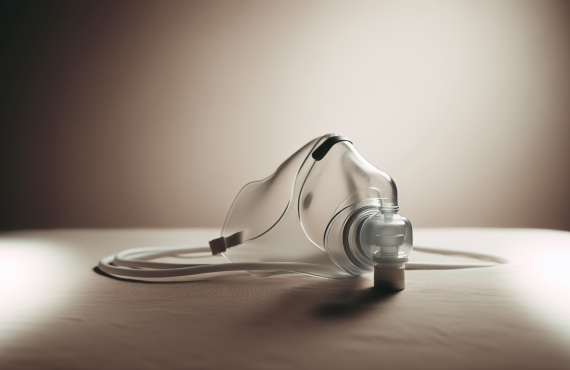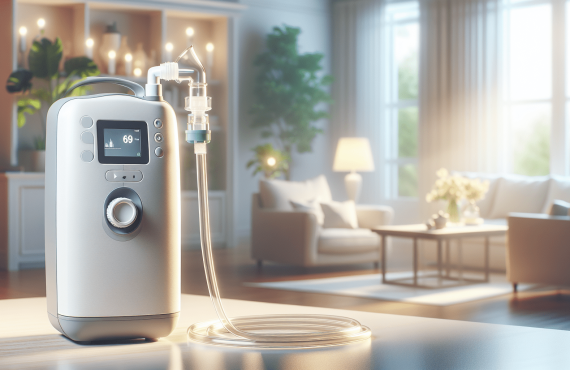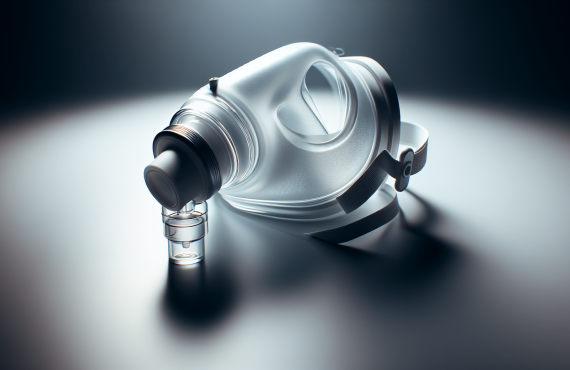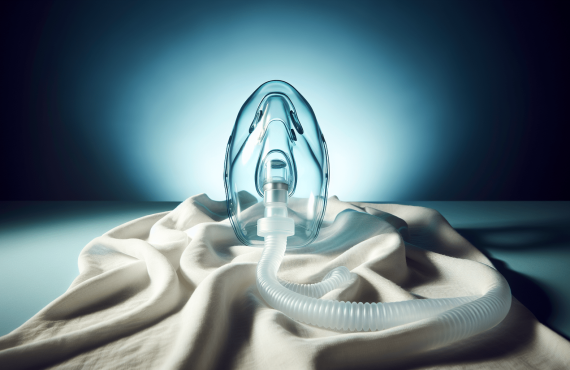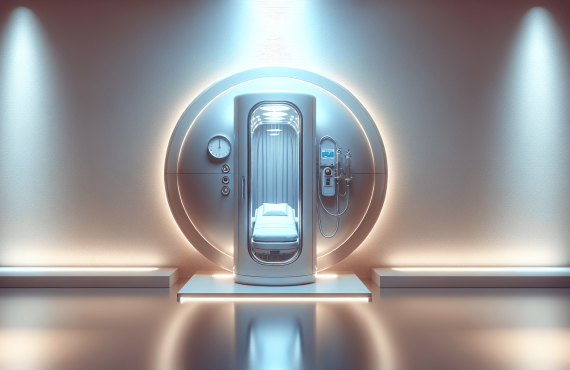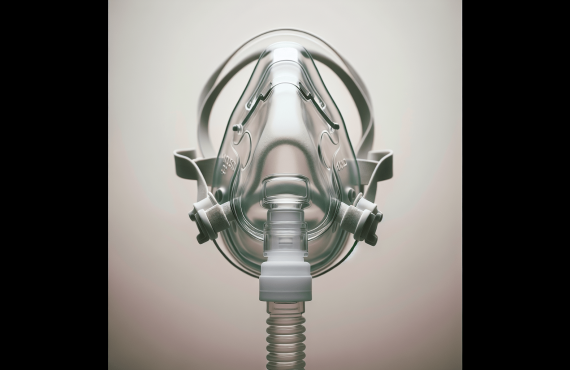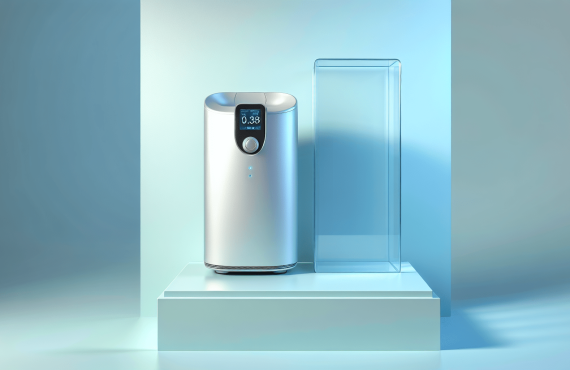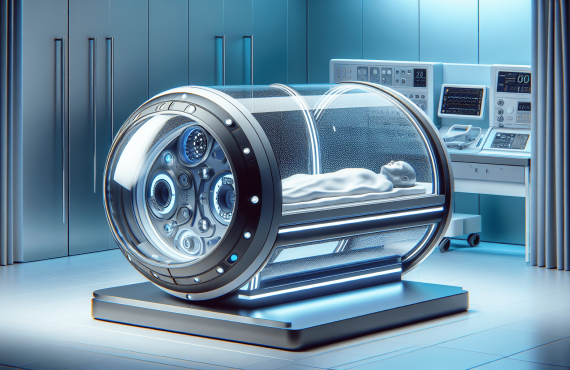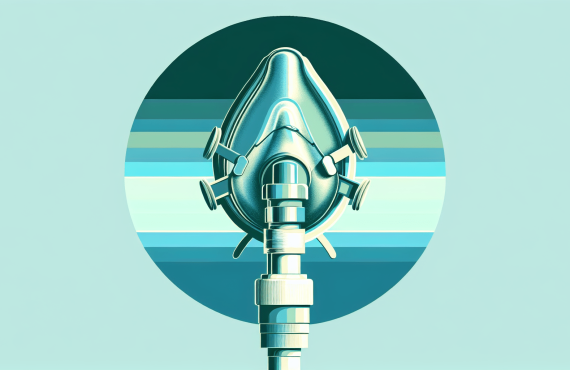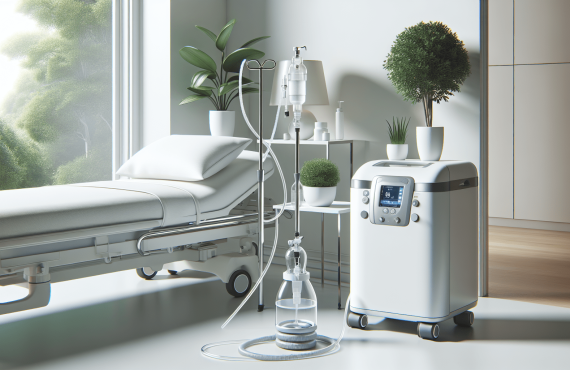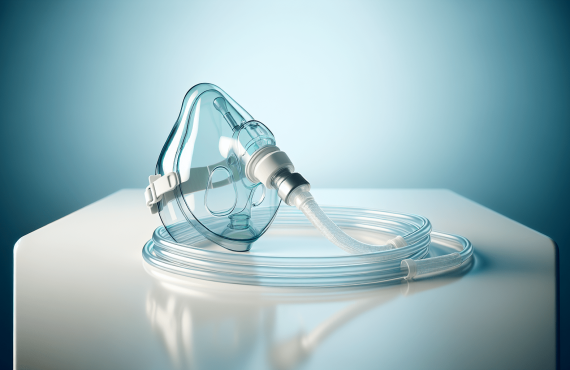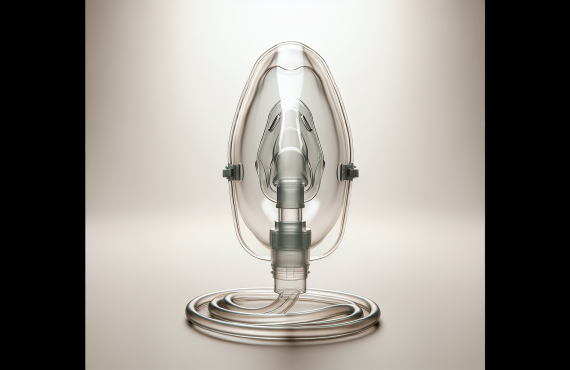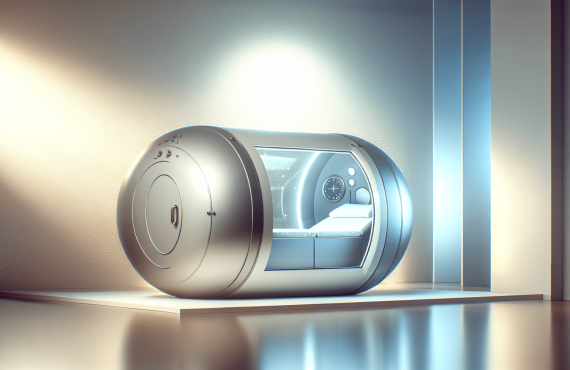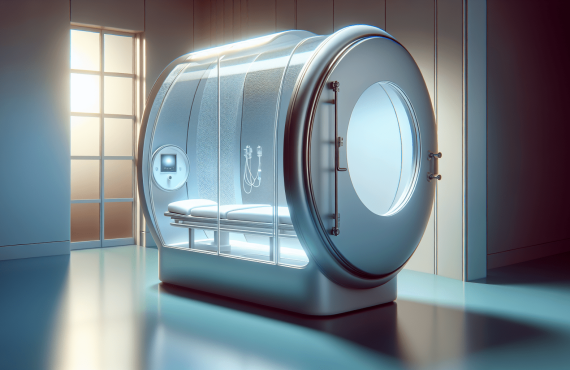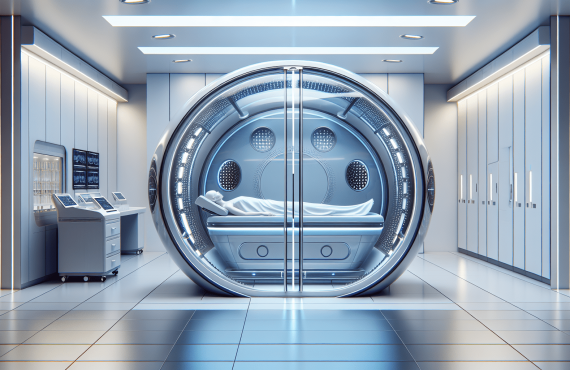Have you ever wondered when it’s necessary for someone to receive oxygen therapy? Perhaps you’re curious about the signals the body sends out when it struggles to take in enough oxygen. This question is a crucial one, especially for those dealing with respiratory conditions or anyone caring for a loved one with such issues.
Table of Contents
What is Oxygen Therapy?
Oxygen therapy is a medical intervention that provides extra oxygen to patients who need more than what is available in ambient air. This therapy is vital for individuals whose blood oxygen levels fall below a critical threshold.
How Does Oxygen Therapy Work?
The basic idea behind oxygen therapy is simple: deliver more oxygen to the lungs. Through this increased supply, the therapy helps maintain adequate oxygen levels in the blood, ensuring organs and tissues function properly. Devices such as oxygen tanks and concentrators serve this purpose.
Who Needs Oxygen Therapy?
Not everyone with a breathing difficulty needs oxygen therapy; it’s specific to those whose blood oxygen saturation is notably low. Medical professionals assess patients using a pulse oximeter to determine this requirement.
Indicators for Oxygen Therapy
Recognizing when oxygen therapy is necessary can be life-saving. It’s important to understand the signals that indicate a patient may need this vital support.
Shortness of Breath
One of the primary indicators is persistent shortness of breath. While everyone might feel a bit breathless running up a steep hill, chronic shortness of breath at rest or with minimal effort suggests a potential issue.
High Heart Rate
When your heart pounds vigorously even at rest, it may mean it’s overworking to compensate for low oxygen levels. This condition is known medically as tachycardia and is a red flag.
Cyanosis
Cyanosis refers to a bluish tint to the skin, lips, or nails, indicating low oxygen levels in the blood. It’s a visible sign that requires immediate medical evaluation.

Common Conditions Requiring Oxygen Therapy
Various medical conditions and scenarios necessitate the use of oxygen therapy. It’s not merely for patients with chronic respiratory problems.
Chronic Obstructive Pulmonary Disease (COPD)
COPD is a group of lung conditions – including emphysema and chronic bronchitis — that block airflow and make breathing difficult. Patients with advanced COPD often rely on oxygen therapy to manage their symptoms.
Pneumonia
Pneumonia is an infection that inflames the air sacs in one or both lungs, leading to difficulty breathing. In severe cases, oxygen therapy can be essential.
Asthma
Though not always required, oxygen therapy can be a lifesaver during severe asthma attacks, which involve narrowing of the airways, decreasing oxygen intake.
Benefits of Oxygen Therapy
The advantages of oxygen therapy extend beyond merely ensuring patients don’t turn into Smurfs with prolonged cyanosis. Its benefits reach into improving overall health and quality of life.
Enhances Quality of Life
Oxygen therapy can dramatically improve the quality of life, allowing individuals to engage in daily activities they otherwise might avoid due to breathlessness.
Boosts Energy Levels
By increasing oxygen levels, therapy helps maintain energy throughout the day. Patients experience less fatigue and greater zest for life.
Supports Heart Health
Oxygen therapy reduces strain on the heart. This decreases the risk of complications such as heart failure or coronary artery disease.

What to Expect During Treatment
If you or a loved one begins oxygen therapy, understanding what the treatment involves can ease anxieties.
Types of Delivery Systems
There are several ways to deliver oxygen, ranging from simple nasal cannulas to more sophisticated hyperbaric oxygen therapy chambers. Your healthcare provider will choose the most suitable method.
Lifestyle Changes
While using oxygen therapy, certain lifestyle adjustments are recommended. Patients should avoid smoking and increase overall safety awareness, particularly concerning fire hazards.
Hyperbaric Oxygen Therapy
One intriguing form of oxygen therapy is hyperbaric treatment, where patients breathe pure oxygen in a pressurized environment.
Definition and Function
Hyperbaric therapy involves sitting in a chamber where atmospheric pressure is increased, allowing oxygen to dissolve more readily into blood plasma.
When is it Used?
This type of therapy is often used for conditions such as carbon monoxide poisoning, decompression sickness, and difficult-to-heal wounds.
FAQs About Oxygen Therapy
Can I Travel While on Oxygen Therapy?
Yes, many people successfully travel while using portable oxygen devices. It’s crucial to inform airlines or travel companies in advance.
Are There Any Side Effects?
Some patients might experience nasal dryness or irritation, but these can often be managed with humidifiers or nasal sprays.
How Long Will I Need to Use Oxygen Therapy?
The duration depends on your specific condition and response to treatment. Your healthcare provider will regularly review your need for ongoing therapy.
Does Insurance Cover Oxygen Therapy?
Most insurance companies cover oxygen therapy when deemed medically necessary. It’s advisable to check directly with your insurance provider.
Can Oxygen Therapy Be Used at Home?
Many patients use home oxygen equipment safely and effectively. It allows for greater flexibility and independence in daily life.
Conclusion
Recognizing the indications for oxygen therapy is vital in healthcare. From alleviating chronic conditions to temporary relief in acute cases, oxygen therapy offers substantial benefits. Should you suspect a need for this therapy, reach out to medical professionals for guidance.
For those residing in or near Pensacola, FL, consider consulting with Henry Chiropractic if you seek expert advice or have questions about oxygen therapy or general health. Dr. Craig Henry and Dr. Aaron Hixon are ready to assist you, providing exceptional care and attention to your wellness needs. Visit them at:
Henry Chiropractic
1823 N 9th Ave
Pensacola, FL 32503
(850) 435-7777
Henry Chiropractic








